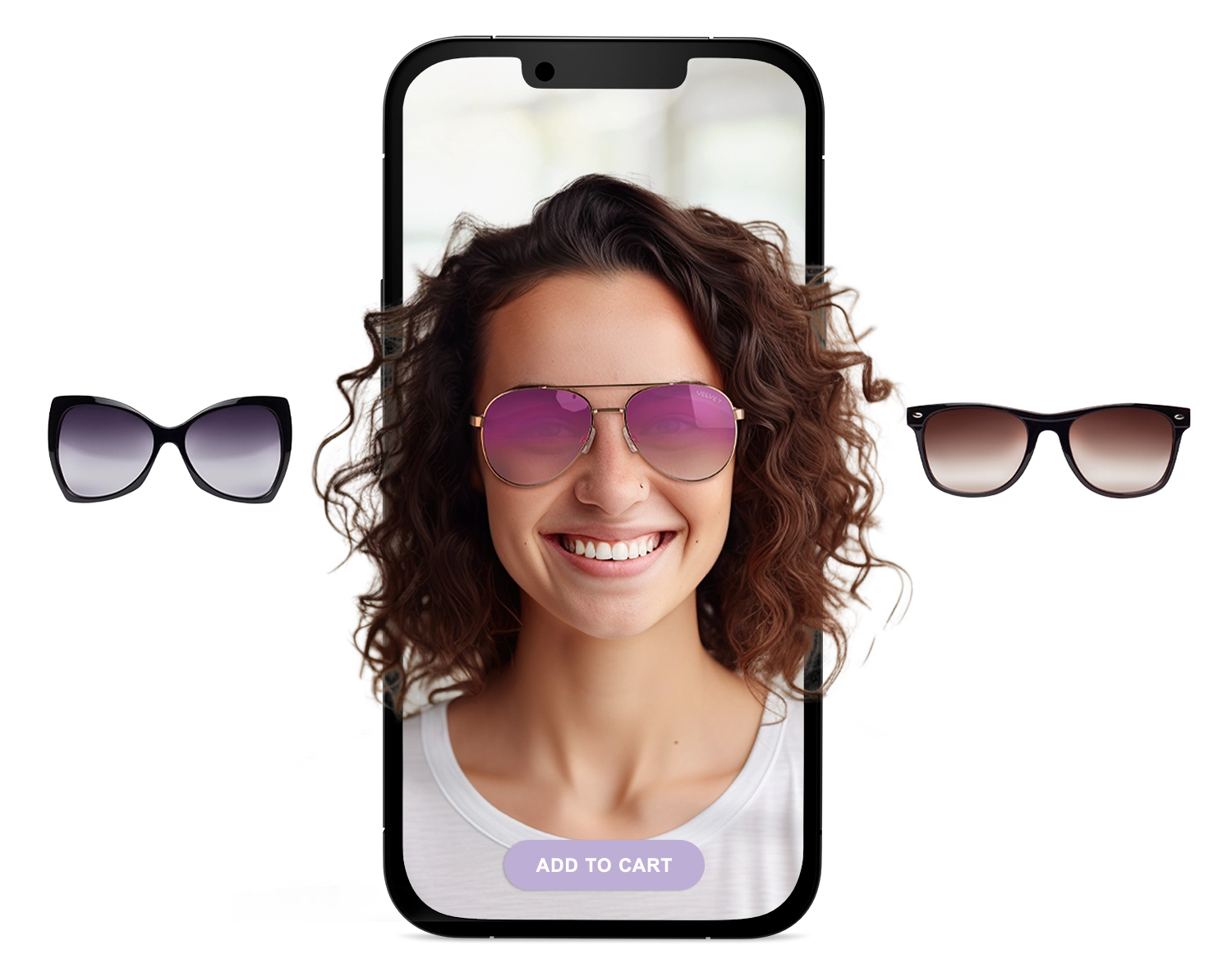Understanding the psychology of online shopping and the influence of visual commerce on buying decisions is crucial. These multifaceted aspects play a significant role in shaping consumer behavior and can significantly impact the effectiveness of an e-commerce strategy. Let’s delve deeper into these areas and explore how they affect the online shopping experience.
Impact of Visual Elements
In the world of online shopping, visual elements are pivotal in influencing customer decisions. High-quality images, 3D representations, and Augmented Reality (AR) experiences offer a more tangible sense of the product. They bridge the gap of not being able to physically interact with the product, a key difference between online and in-store shopping, thus playing a critical role in the consumer’s decision-making process.
Emotional Connection
Visuals possess the power to evoke emotions, a significant driver in purchasing decisions. When a product is showcased in a real-life scenario, especially through the lens of AR in the customer’s own environment, it can forge a stronger emotional connection. This heightened emotional engagement increases the likelihood of a purchase.
Trust and Credibility
Detailed and realistic visuals amplify the perceived credibility of a product and the retailer. When consumers have a clear understanding of what they are buying, their trust in the seller is bolstered, enhancing their comfort in making a purchase.
The Role of Social Proof
Incorporating user-generated content, such as customer photos or videos of the product in use, can significantly sway buying decisions. This form of visual social proof acts as a validation, fostering a community feel around a product or brand.
Reducing Cognitive Load
A well-crafted visual commerce strategy simplifies the shopping experience, making it more intuitive and less overwhelming. Utilizing visuals to guide buyers through product options and features can ease the cognitive effort required to process information, leading to a more seamless and satisfying shopping journey.

Enhancing Product Discovery
Interactive visuals, such as 3D models or AR experiences, transform product discovery into an engaging adventure. These interactive elements allow customers to explore products in ways traditional images cannot, sparking increased interest and engagement.
Impulse Buying
The ease and attractiveness of online visuals can often trigger impulse purchases. Appealing images and engaging visual experiences can entice customers into making spontaneous buys.
Personalization and Customization
Personalized visual experiences, enabling customers to see products in different colors, styles, or visualize customizations in real-time, appeal to the individual’s desire for uniqueness. Such tailored experiences can significantly influence purchasing decisions.
Decision Fatigue
While visual commerce has numerous benefits, it also carries the risk of overwhelming customers with excessive options or complex visuals. This overload can lead to decision fatigue, where customers become overwhelmed and defer making a purchase.
Expectation Management
High-quality visuals set the bar for product expectations. If the actual product falls short of these expectations, customer dissatisfaction can ensue. Therefore, it’s crucial for visuals to accurately represent the products to maintain customer satisfaction.
In conclusion, visual commerce plays a significant role in influencing online shopping behavior. It enhances emotional engagement, builds trust, simplifies decision-making, and offers a more interactive and personalized shopping experience. However, it’s essential to balance the use of visuals to avoid overwhelming customers and to ensure that visual representations are accurate to maintain customer satisfaction.





